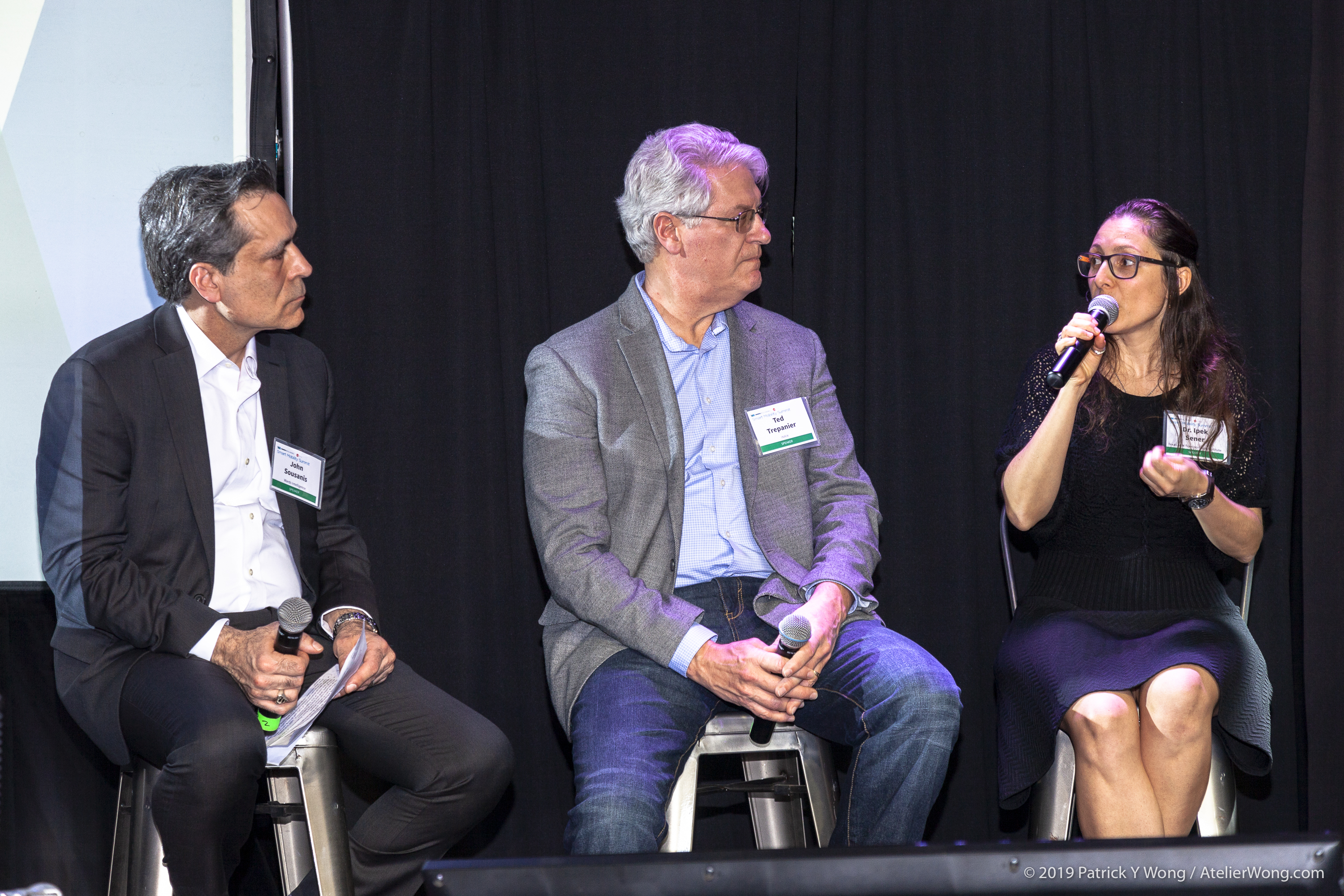AUSTIN, TX – Autonomous ride-hailing services, or robo-taxis, likely will land first in suburban America and until the technology starts rolling out in large numbers, it is unclear whether they will reduce congestion or be more cost-effective than traditional transportation.
Ted Trepanier, director-Public Sector at INRIX, a global connected-car and transportation analytics supplier, says the impact of robotaxis on the suburban commute would be immediate.
Speaking at the Smart Mobility Summit hosted by Wards Intelligence and C3 at South by Southwest here, Trepanier says park-and-ride lots in his hometown of Seattle fill up before 7 a.m., leaving commuters the option of departing earlier to grab a parking space or join the congestion by driving the entire length of the trip.
“You can see the spike in traffic when the park-and-rides fill up,” he says. “Someone at their coffee table could open an app, the robotaxi would pull up and not take them all the way to their job but just where the park-and-ride station was. The robo-taxi could be a feeder, instead of people driving that short trip in their car.”
Suburban areas are less complex than urban ones, too. Not surprisingly that’s where a great deal of, although not all, current AV testing occurs, with the machine learning and deep learning algorithms building knowledge brick-by-brick.
“It is probably beneficial that they (deploy) in a safer environment, which may be the case in suburban and rural areas,” says Ipek Sener, associate research scientist-Transportation Institute at Texas A&M University.
What may be more unclear is whether robo-taxis will fulfill their promise of reducing traffic congestion, as ride-hailing services such as Uber and Lyft with their human pilots arguably have failed to do. In fact, by some accounts ride-hailers have increased congestion in urban areas, where they compete for business with each other and old-fashion yellow cabs.
The case for robo-taxis is that they will be shared mobility, taking multiple passengers to destinations and when not in service leverage a dynamic parking system to fill the nearest space in a parking lot or garage. But that’s just one business case.
“It all depends, right?” offers Finch Fulton, deputy assistant secretary-Transportation Policy at the U.S. Department of Transportation. “We don’t know.”
And not everyone likes to share, says Manuela Papadopol, CEO of Designated Driver, a startup providing technology for remote, human control of an autonomous or remote vehicle. She has tried UberPool, which is designed to lower ride-hailing costs by sharing the fee across multiple riders, but found the added time in the car was not worth the discount.
“If I have to stop five times before I reach my destination it doesn’t give me any benefit, even if I pay 50% less,” she says.

Deploy robo-taxi to suburbs first, says Texas A&M University’s Sener (right).
Putting a finer point on the shortcomings of ride sharing, Sener says Texas A&M research of first-adopters shows they generally will give any new technology a whirl first, but when it comes to robo-taxis they want their own space.
“People frequently using ride-hailing services today are more interested in self-driving vehicles,” she says. “Then we asked them about the pooled version and they said that is not an option.”
The first-adopters surveyed were not quite as concerned about riding with a stranger as they were about riding with a stranger without a designated driver, Sener says.
Trepanier of INRIX says the unknowns surrounding robo-taxis mean robust transportation policy must be drafted.
“When you’re trying to move the number of people we are today, you have to have policy,” he says. “There will be regulation. Every community is going to have to deal with how they want to apply policy on top of that and balance mobility with congestion and what people want locally.”
It also is unclear whether robo-taxis will fulfill their promise of offering a more cost-effective and accessible mobility option than ownership. The absence of a driver will drive down cost, they say, while the longer duty cycle of the cars also will make them cheaper to operate. But AV technology is expensive, and a human may be needed somewhere to back up the technology if it fails.
“They won’t necessarily be cheaper at initial deployment,” Sener says. “It is very much based on the progress of technology and we have a ways to go.”
Whether transportation will become more accessible with robo-taxis depends on infrastructure to support their deployment, as well as a regulatory framework and public acceptance, Sener adds.
“The future is really bright if we do this collectively,” she says.
However, the mobility experts are mixed over the degree of automation that lies ahead.
Fulton of the USDOT expects the technology to progress incrementally over an extended period, so when robo-taxis occupy our streets in large numbers it will shock no one.
“If we do it right, it will be terrifically boring,” he says.





